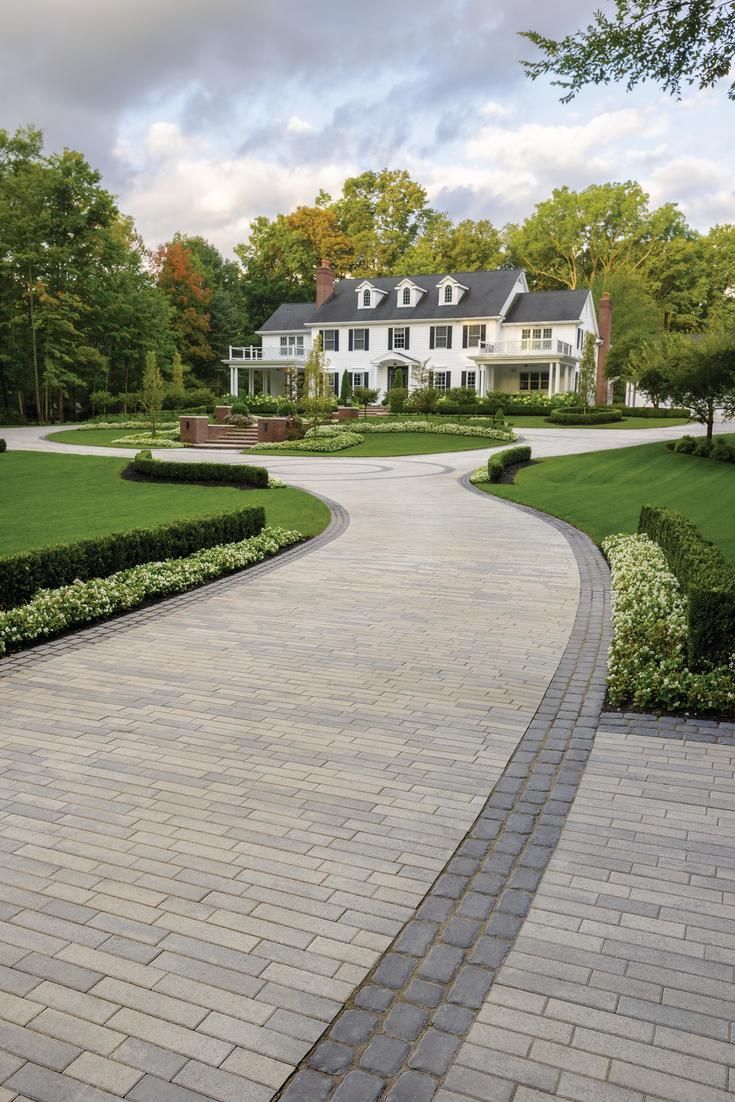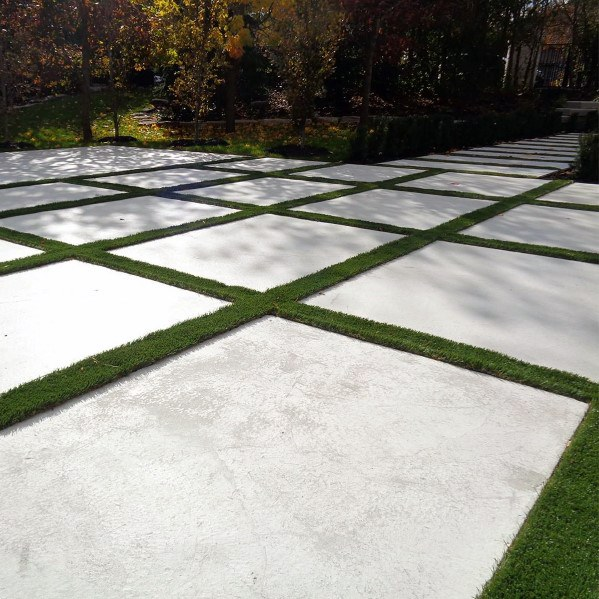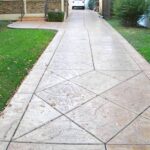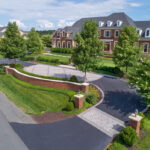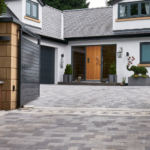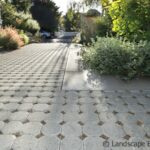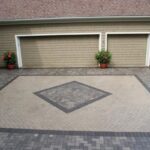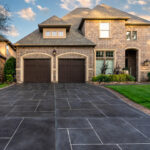Driveways are an essential element of any property, serving as the main entrance and exit point for vehicles. Designing a driveway requires careful consideration of various factors such as size, shape, material, and overall aesthetics.
One of the key aspects of driveway design is determining the appropriate size and layout for the space available. The size of the driveway should be large enough to accommodate the vehicles that will be using it regularly, taking into account factors such as the number of cars, the size of the vehicles, and the turning radius required.
In terms of shape, driveways can be straight, curved, circular, or angled, depending on the layout of the property and the desired aesthetic. Curved driveways can add a sense of elegance and fluidity to the entrance, while angled driveways can provide a more modern and dynamic look.
The choice of material for the driveway is also crucial in creating a cohesive and visually appealing design. Common materials for driveways include concrete, asphalt, gravel, brick, and pavers. Each material has its own set of advantages and disadvantages in terms of durability, maintenance, cost, and aesthetic appeal.
In addition to the size, shape, and material, the overall design of the driveway should also take into consideration landscaping elements such as borders, lighting, and greenery. Incorporating landscaping features such as flower beds, shrubs, trees, and decorative borders can enhance the curb appeal of the driveway and complement the overall design of the property.
Overall, driveway design is a crucial aspect of creating a functional, aesthetically pleasing, and welcoming entrance to any property. By carefully considering factors such as size, shape, material, and landscaping elements, homeowners can create a driveway that enhances the overall look and functionality of their property.
